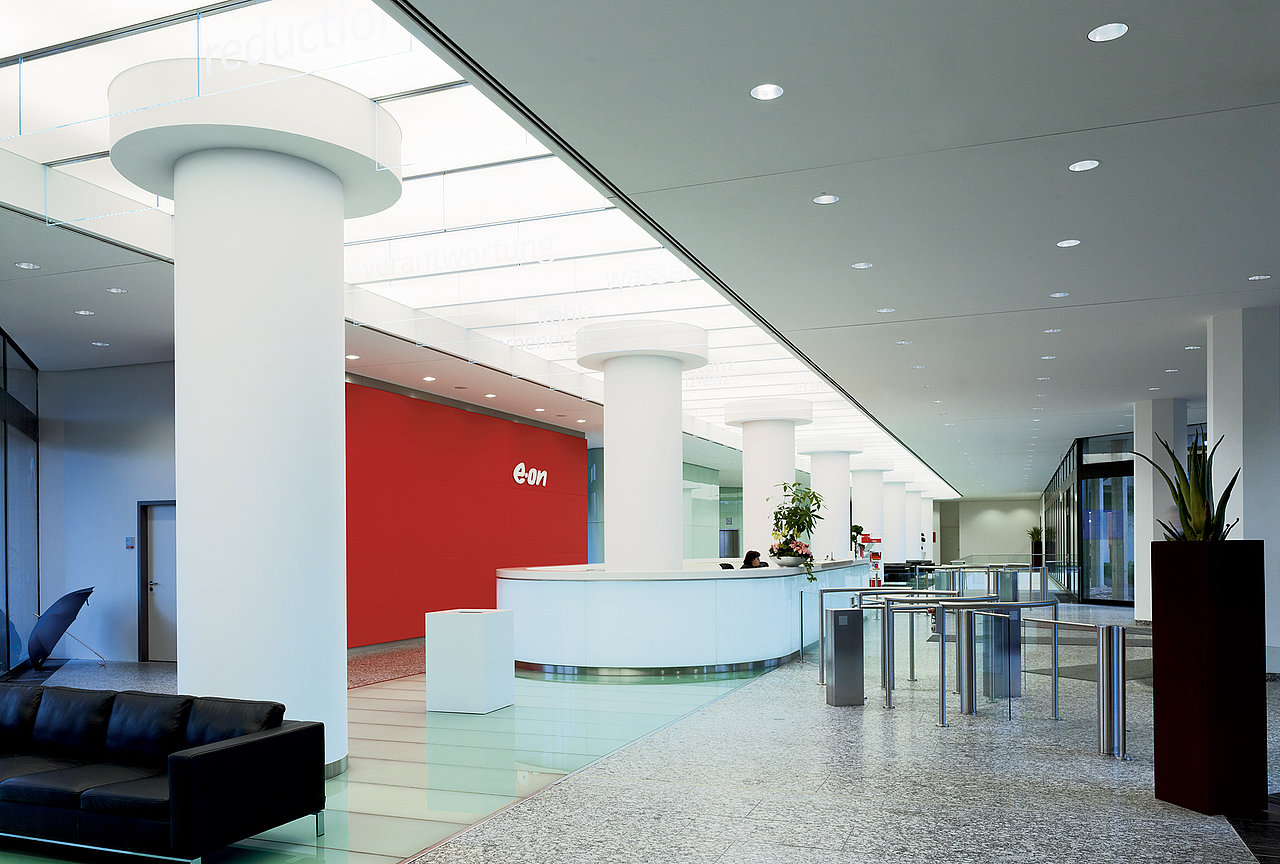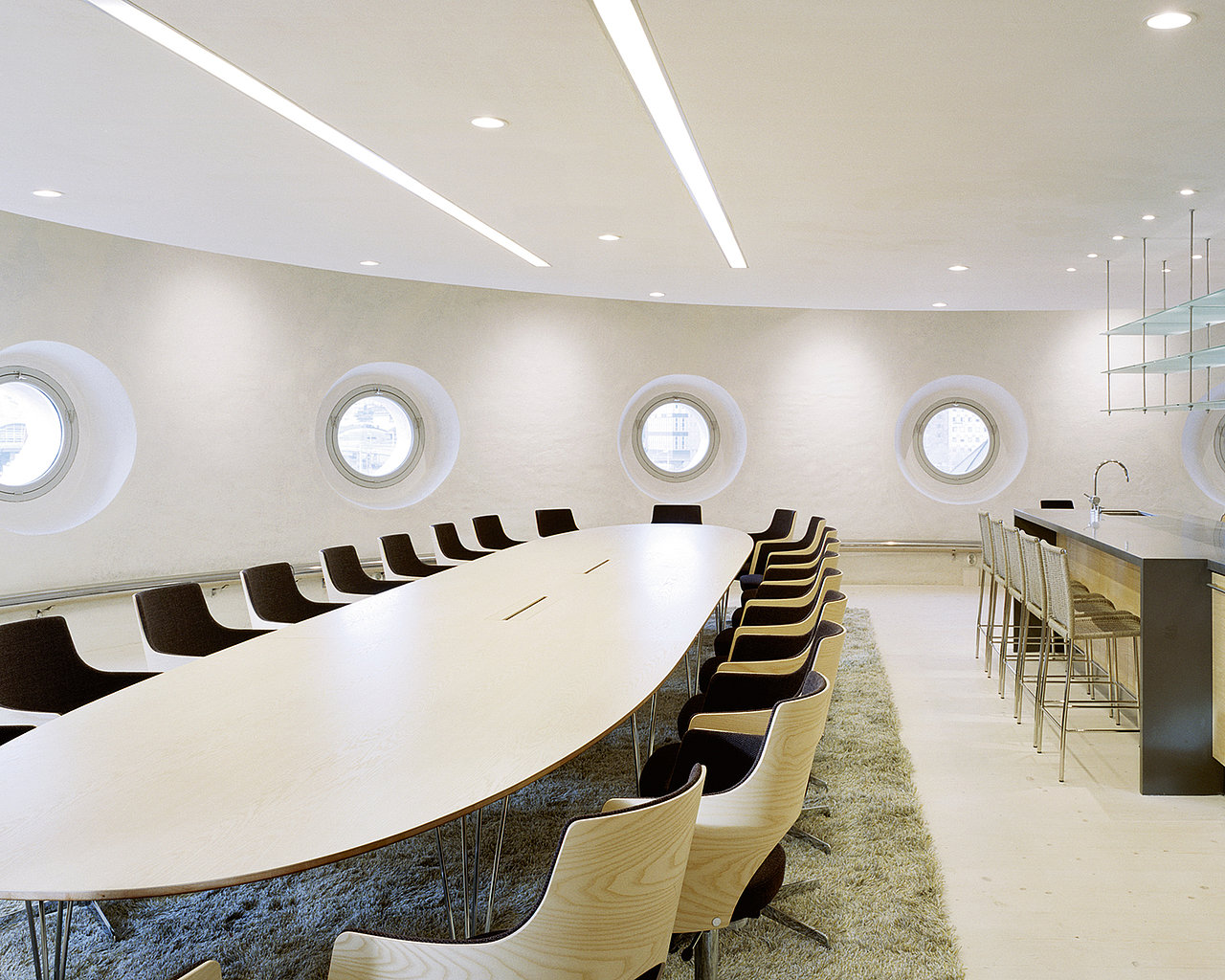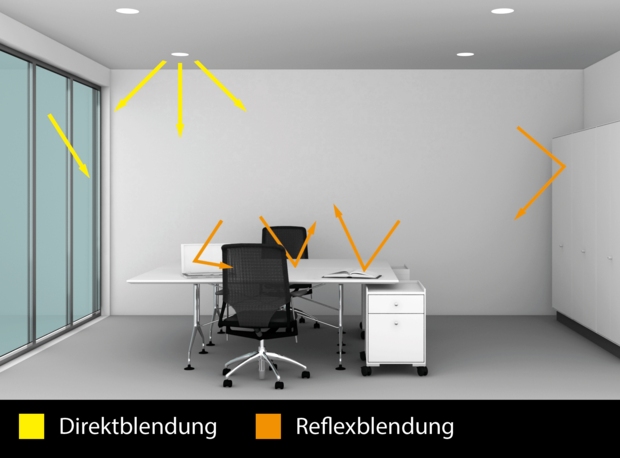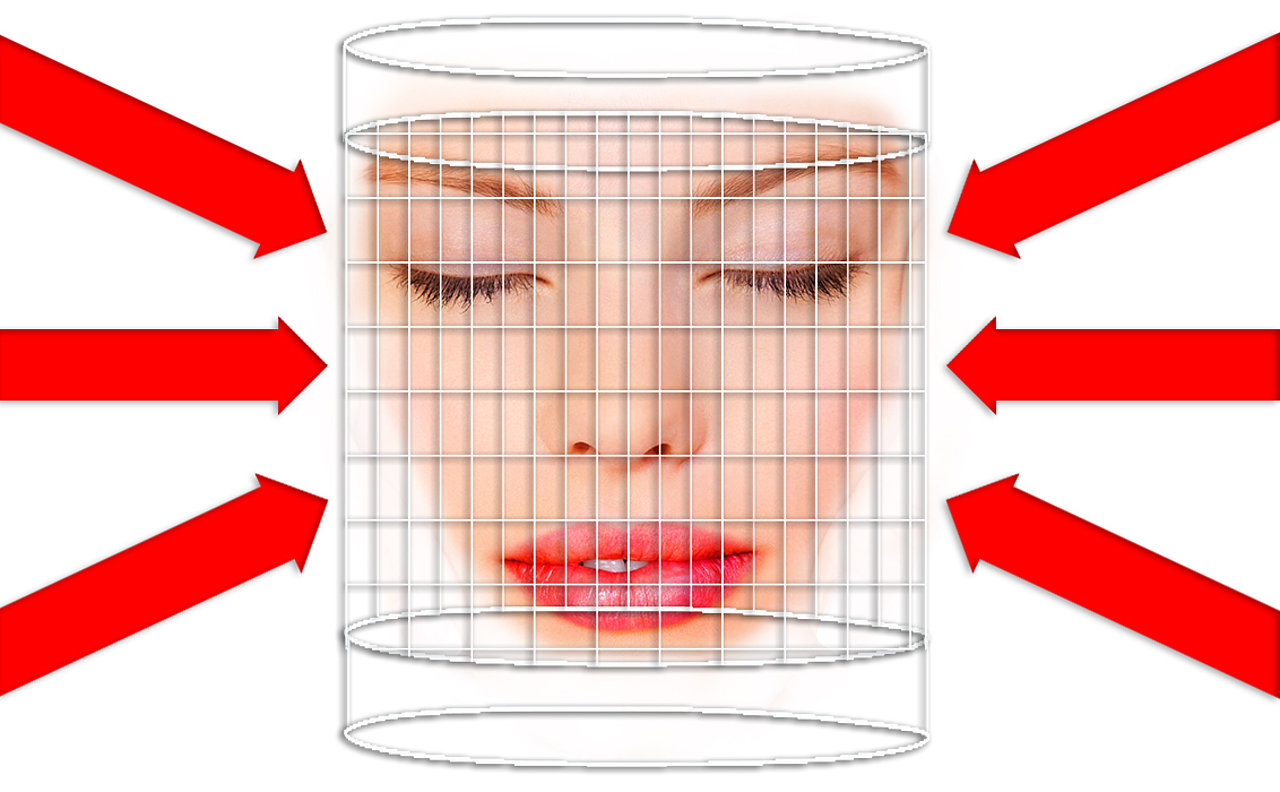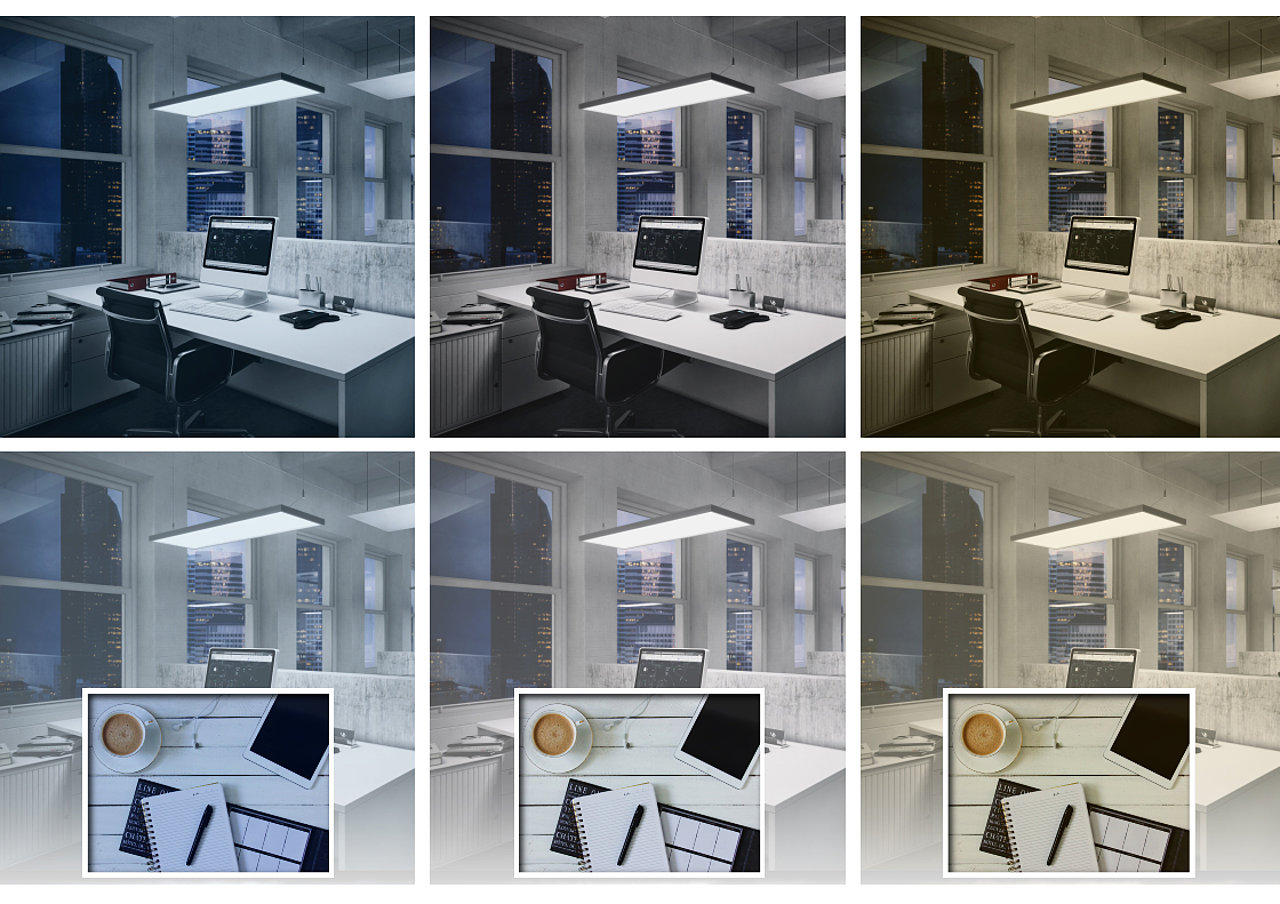Visual Comfort
Harmonious luminance distribution in the rooms to be lit is of central importance. This does not entail uniform illumination of complete rooms but targeted lighting of individual areas of a room, for example, walls and work areas. In addition, in order to provide maximum visual comfort, colour rendition level 1A or 1B should be selected.
AMBIENCE
In today's world, lighting moods and the associated ambience are becoming increasingly important. The customer's desire to remain unique means that the designer has to focus more on luminous colour, light direction and shadow. We look to daylight for inspiration: an ambience that increases motivation and promotes positive feelings.
Luminance and direct/indirect glare
Superior Discernibility without Reflected Glare - Light reflections of windows and luminaires on PC screens, laptops, organizers and other reflective surfaces interfere with concentration and cause premature fatigue. Reflections on computer screens can be minimised by positioning the screens vertical to the window and by appropriate arrangement of the luminaires. The latest generation of monitors feature specially satinised surfaces that also reduce the risk of reflected glare.
DIRECT GLARE
Direct glare is generated by unsuitable or incorrectly installed luminaires with excessive radiant intensities, as with free beam lamps where the user has a direct view of the light source within his field of view, but also from "uncontrolled" window areas.
UGR
The UGR method takes into account the layout of the luminaires in the room and evaluates the glare produced by the entire lighting system for a specific observer's position. A low UGR value means that the glare is negligible or non-existent. Suitability samples:
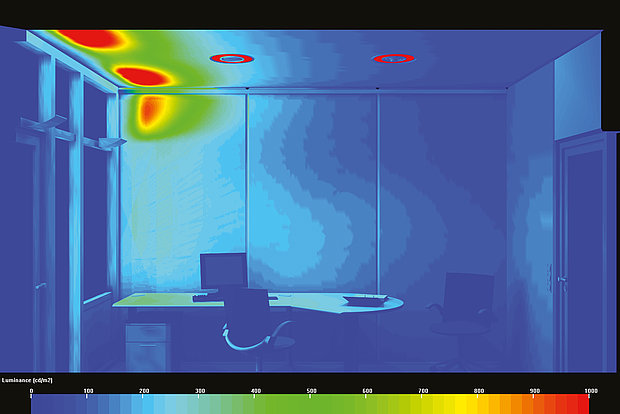
LUMINANCE PLANNING
Light is invisible and only recognisable in interaction with the material it illuminates. The abstract, invisible size of the illuminance defines the amount of light. What we perceive as the impression of luminosity is actually the light reflected from the material: the light density. Light hits an object, is radiated off it in a changed form and thus contains all the visual information about the object. It is thus of great importance to qualitative lighting planning.
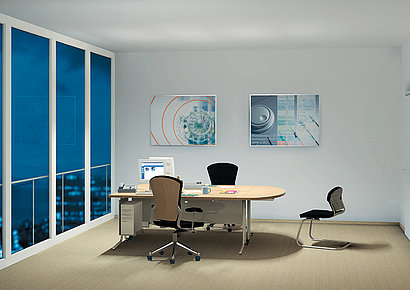
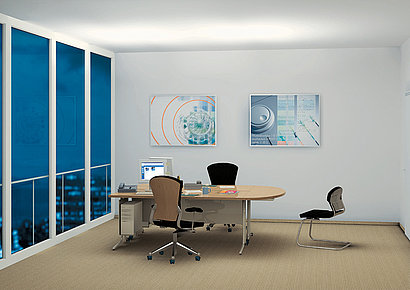
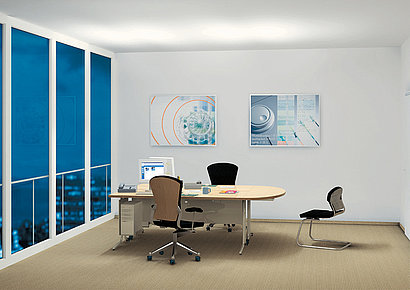
Modelling indicator
The balance between diffuse and directional light is called modeling. The ratio of horizontal to cylindrical Illuminance is ideally at a value of 0.3 to 0.6.
Cylindrical illuminance
The calculation basis for the degree of illumination of vertical and almost vertical surfaces of three-dimensional objects. This is taken as the yardstick for the impression of light in the room, particularly for the illumination of faces.
|
EZ in areas for sedentary persons at a height of 1,2m EZ > 50lx |
Recommendation for visual communication in offices, EZ > 150lx |

Requirements for DAYLIGHT
LIGHT, BODY and SOUL
Daylight is our model because evolution has deeply rooted the characteristics of daylight in our physical and psychological fundamental philosophy and ways of life. Light produces a balance between the body and soul because according to new discoveries, light not only controls vision but also metabolic processes that are relevant to our health and mental condition.
Natural model of light
These properties are supplemented with the natural model of light that has influenced our sense of perception for thousands of years. The incidence of light always occurs across a large surface with high components of vertical illumination and the light is always concentrated in the upper half of the room. This situation is constant during the night. Therefore, it is our goal to produce artificial illumination that emulates the characteristics of natural light as perfectly as possible.
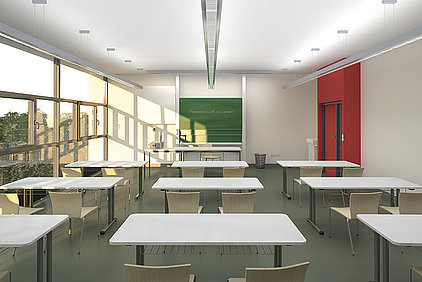
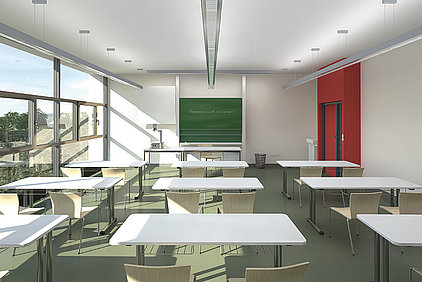
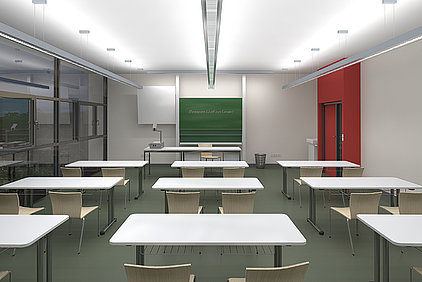
ENERGY SAVING up to 75%
As a model, natural daylight does not only have a single qualitative function. The longer and more intensely it can be used in buildings, the more intensely energy can be saved.
PRESENCE SENSOR
If nobody is present for 15 minutes there is a reduction in illumination strength of 20%. After 120 minutes the light is switched off.
DAYLIGHT SENSOR
Automatic reduction of the artificial light on the window side when natural light starts to come in. The illuminance can be set to between 300 and 1500 lux.
dynamic lighting using TunableWhite
Light and perception quality of a luminaire are not only dependant on its brightness, but especially its colour temperature. TunableWhite opens a world of possibilities regarding precise lighting under changing requirements: it makes it possible to achieve variable settings ranging from warm white via neutral to cold white. This allows for an optimal lighting level of goods, such as seasonal produce for instance, in sales rooms and shops.
It also finds its use in offices, schools and health care facilities, where it can achieve an imitation of the changing lighting conditions outside. This has a positive influence on the wellbeing of those who experience it. The fluent change from relaxing warm white to activating cold white helps stabilise the inner biological rhythm and promotes productivity and general wellbeing.



